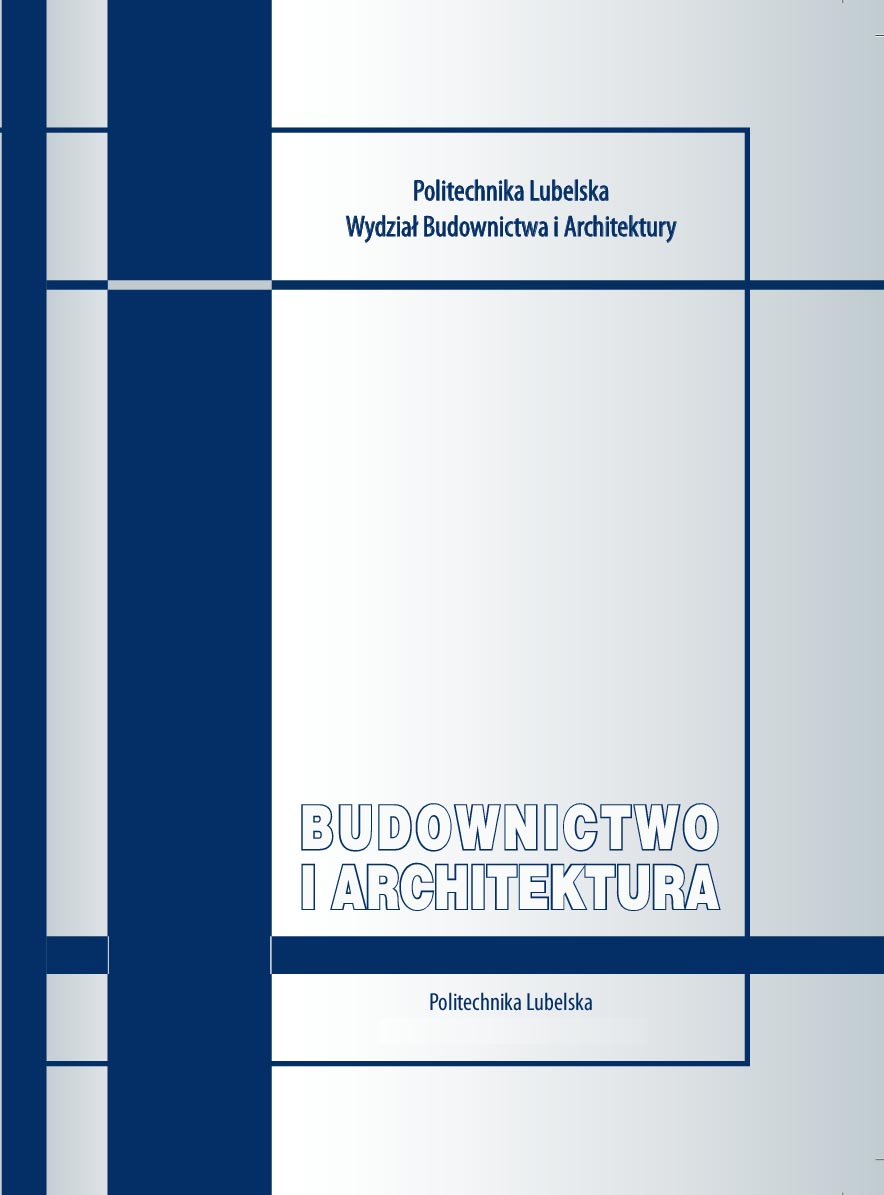Właściwości asfaltu z dodatkami modyfikującymi
po procesie starzenia krótkoterminowego
The properties of bitumen with different modifiers after a short-term aging process
Author(s): Marek Iwański, Małgorzata Cholewińska, Grzegorz MazurekSubject(s): Architecture, Geography, Regional studies
Published by: Biblioteka Politechniki Lubelskiej
Keywords: aging; bitumen modification; Significant Difference test; WMA
Summary/Abstract: The aim of the study was a comparative feasibility studies of the influence of modern modifiers (Trinidad , Gilsonit , synthetic wax , adhesive agent ) for incorporating them to the bituminous mixture at low temperatures production. The bitumen of penetration grade 35/50 was used as reference binder. The effect of modifiers on bitumen behaviour was assessed by means of followed properties: penetration grade, softening point temperature and the breaking point temperatures. Measurements of the above properties have been carried out before and after simulated aging according to RTFOT. Modifiers were dosed in five variants to bitumen by weight. Modification of bitumen with synthetic wax increased the level of bitumen stiffness while the use of the fatty amine did not invoke significant changes in bitumen properties (regarding neat bitumen). Short-term aging significantly influenced on characteristics of bitumen, as well. The highest bitumen change rate after aging was observed in the case of the use of natural bitumen. It was found that the most preferred modifiers to paving bitumen 35/50 were a synthetic wax and a adhesive agent. It is expected that they allow to ensure the durability of bituminous mixtures produced at reduced temperatures.
Journal: Budownictwo i Architektura
- Issue Year: 13/2014
- Issue No: 1
- Page Range: 015-027
- Page Count: 14
- Language: Polish

